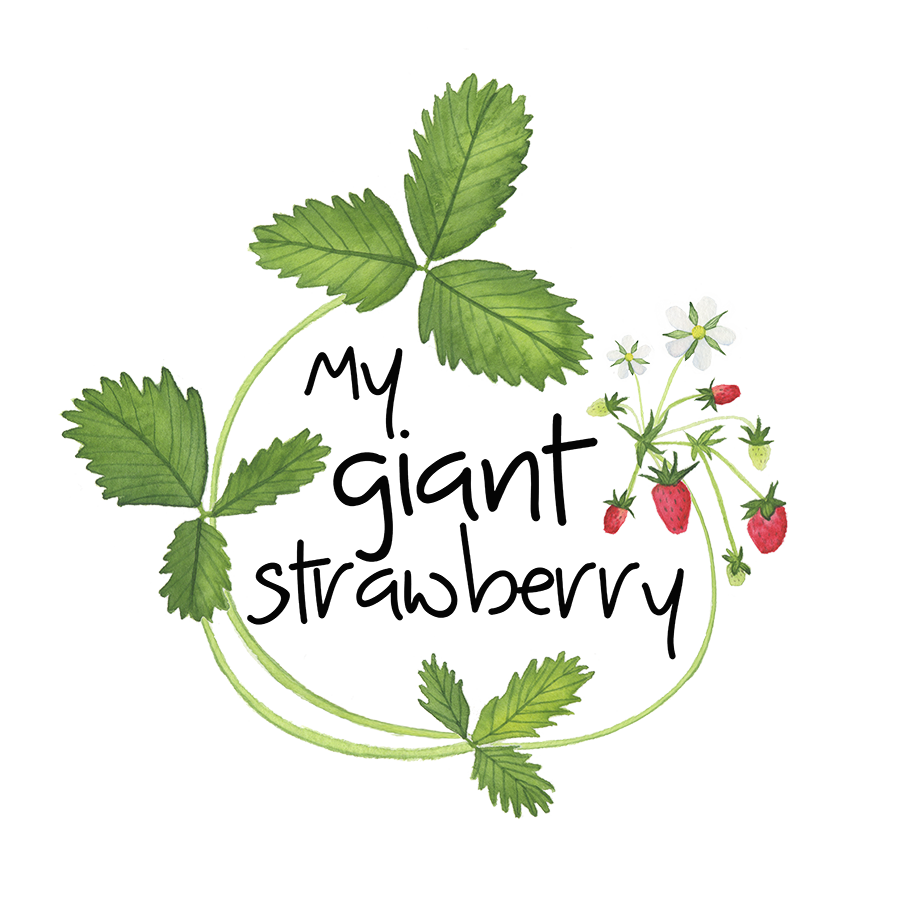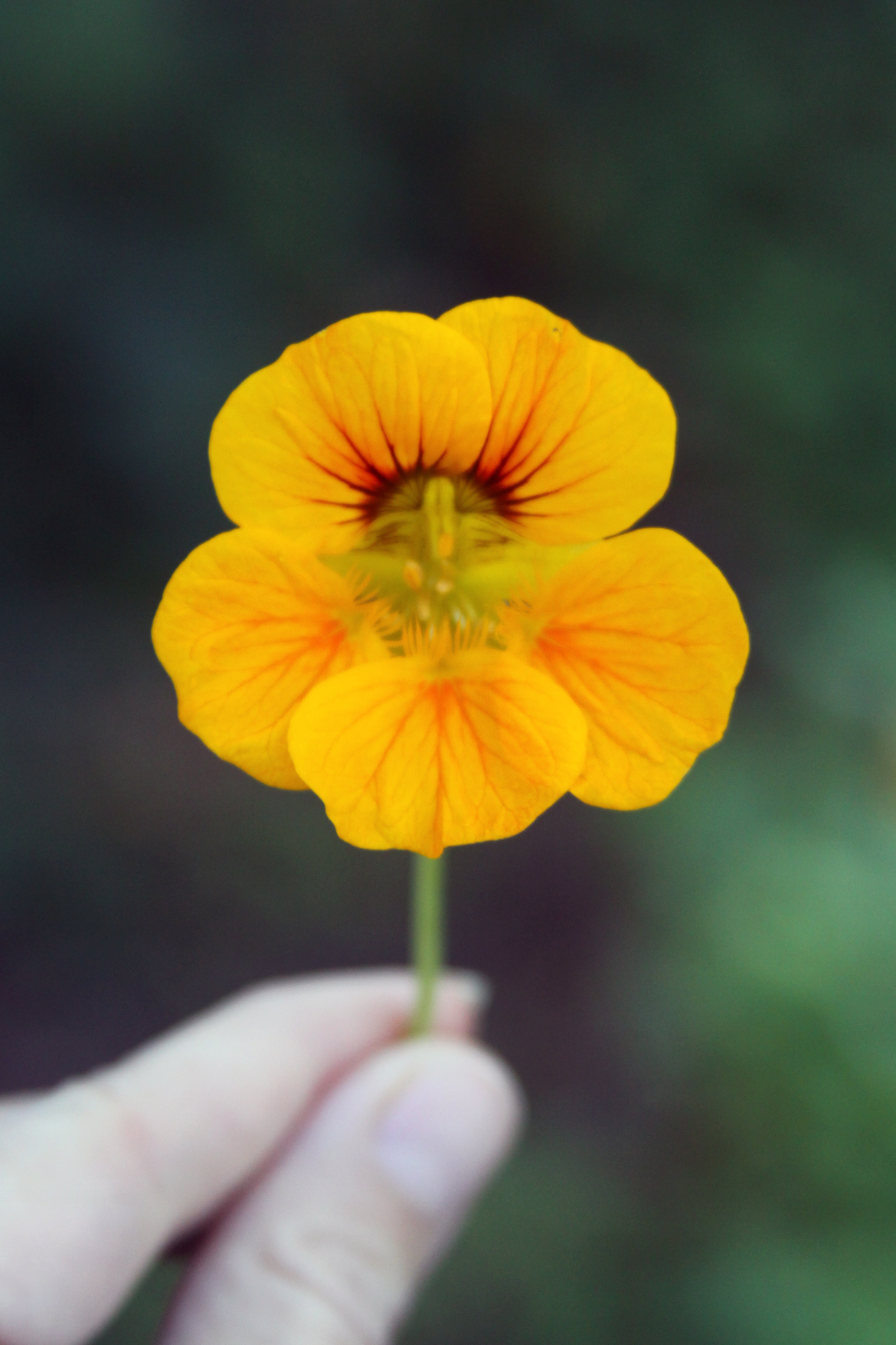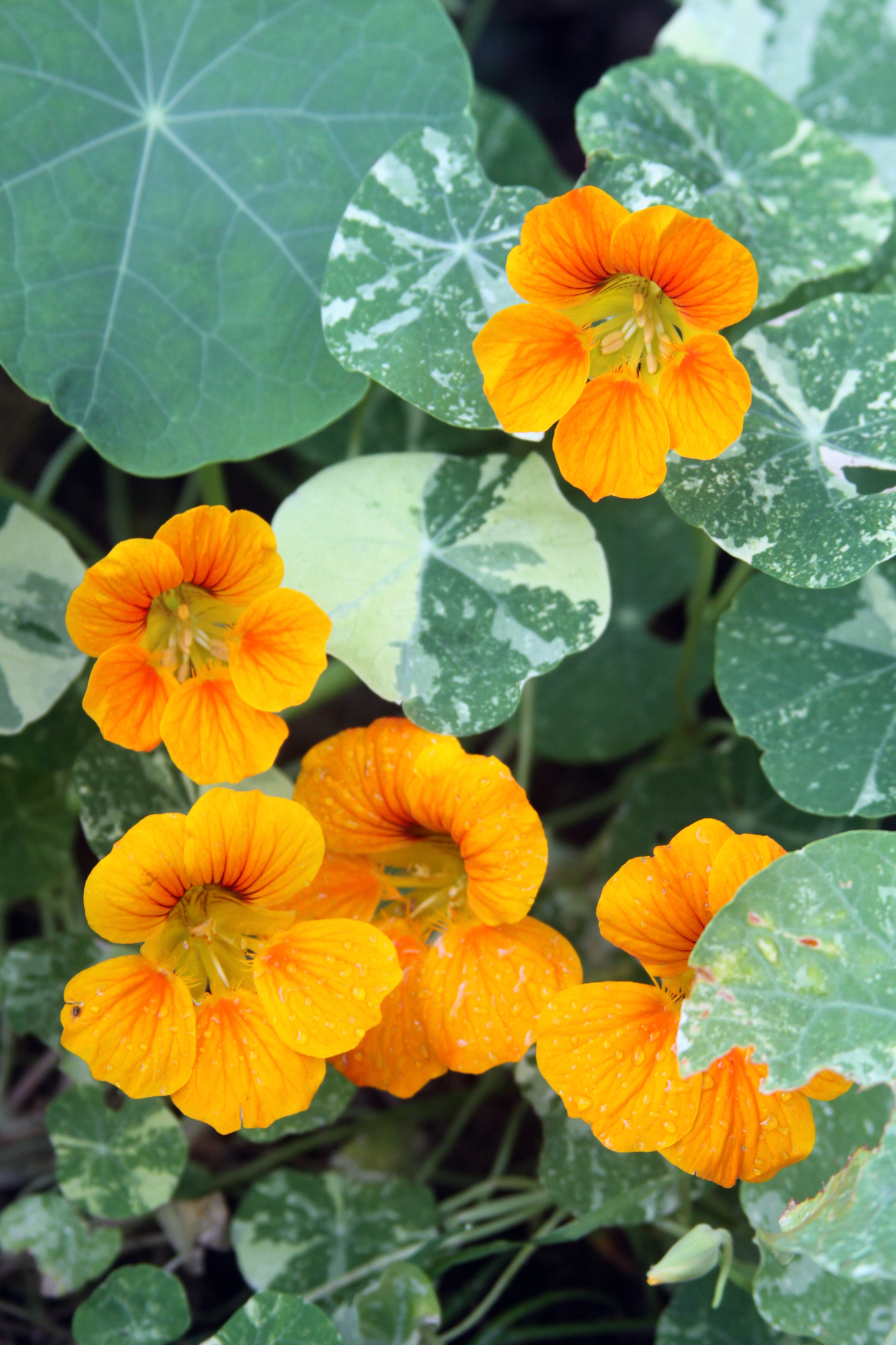growing inspiration: nasturtiums
About this time of year when the garden is at its height I begin making notes for next year. What I want to grow more of. What I forgot to grow. What I’d like to try. Today I’m sharing the first of a series of posts about some of my favorite plants to grow (and paint). I’d love for you to join in and share some of your favorites, too.
My garden is the main source of inspiration for my art. When I first began creating my current garden I wasn’t sure how long I’d be living in this house and I had a very tight budget. Much of what I grew were annuals, most grown from seed. If you’re on a tight budget it’s nice to know you can grow a beautiful garden without spending a lot of money.
I missed the beautiful roses in my old garden, but I began to fall even more in love with plants I think of as the epitome of a summer cottage garden. Annuals like zinnias, nasturtiums, borage and sunflowers. Perennials like coneflowers and black eyed Susan.
If you’ve been around for a while you might have noticed that nasturtiums are one of my very favorite flowers. The other day on Instagram, my friend Simone called them my “signature” flower.
I’ve certainly painted them many times over the years (the first time was almost 6 years ago). They’re so joyful with their bright colors and elegant leaves.
When I was a child the leaves were my favorite part. Raindrops balanced on their surface look like glittering jewels. Magic.
As a painter I’m enamored with the variety of colors and patterns. When the seed catalogs begin arriving in the winter I am always on the lookout for a new ones to try. This year I’m growing Tip Top Apricot, Spitfire, Vesuvius and Cherry Rose Jewel (the variety with the variegated leaves is Alaska which I’m not growing this year).
Before I begin painting I sit with the plant and observe. Slowing down to truly look is a meditation. In the moment I feel so connected to the natural world.
I share this process with my students, both in person and online*. It brings me such joy. Even if you don’t plan on painting them, getting down at eye level to observe the plants in your garden is a wonderful way to slow down, be present. When’s the last time you knelt in the grass and just looked?
In addition to being beautiful, nasturtiums are great because they’re easy to grow. Sow them directly in the ground after the last frost. They do best in lean soil, so no need to fertilize. If you do, you’ll end up with more leaves than flowers. Aphids love nasturtiums which is why they’re sometimes used as companions to draw the bugs away from other plants. Aphids can be dispersed with a spray of the hose and if you have ladybugs in your garden, they’ll feast on them.
Some nasturtiums are vining with stems that grow as long as six feet. Others are mounding. Both types grow and fill in quickly. In warmer climates they self-seed. It’s never happened for me in Wisconsin or Ohio, but the seeds are big and easy to harvest if you want to save some for next year.
The flowers are edible and make a pretty addition to salads. They taste a bit peppery. I prefer to gather them up in bouquets or bring them to my studio to paint. They’ve even made their way into my fabric designs.
And my tea towel calendars (fat quarters are 50% off at Spoonflower through August 11th).
I haven’t painted any nasturtiums this year. I think I’m going to have to rectify that.
What about you? Do you love nasturtiums, too? Do you have a favorite variety?
*Did you know I teach a class on Skillshare on painting nasturtiums?









